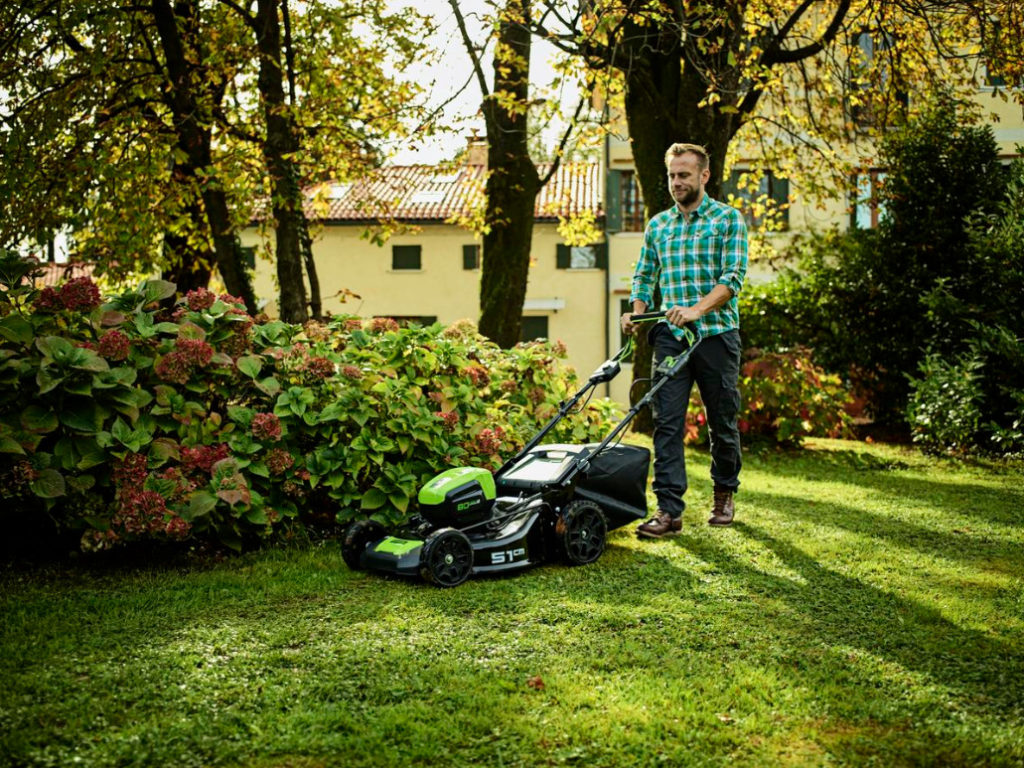Today we will touch not an idle question: “Why some summer residents categorically refuse accumulator equipment?”. But what is most offensive, many can’t even really explain why. The answer to the question is simple to outrage: most gardeners do not know anything about the real possibilities of modern battery technology, and their opinion is based on myths. Isn’t it time to restore justice and conduct a battery educational program?! At least then your choice will be reasonable.
So, what doubts overcome gardeners that prevents them to get convenient and practical accumulator equipment sometimes to the detriment of own interests? To dispel myths, beautiful words are not enough-specific examples with reliable data are needed. And you need to clearly understand what is at stake: an illiterate buyer is very easy to mislead, and this is used by unscrupulous sellers in the pursuit of profit. I think to really evaluate the equipment only in the process, and not in one day. Therefore, I will debunk the myths on the example of the battery line Greenworks-based on my own experience with it.
Myth # 1-battery technology has low power
Lie. High-quality batteries are able to provide the highest power of the tool. Moreover, many battery models are superior to gasoline counterparts in power/weight ratio.
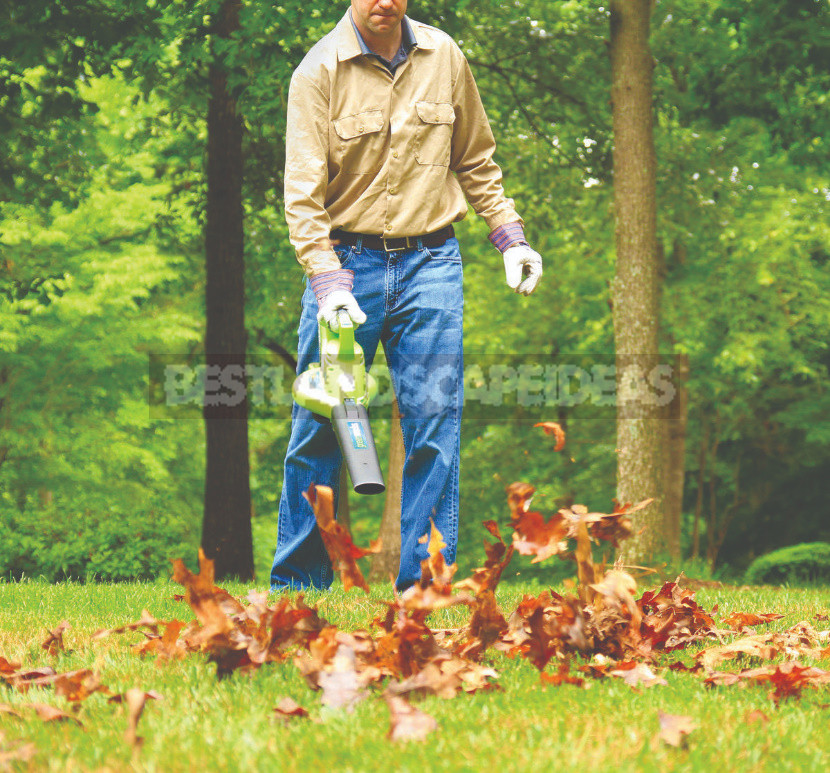
Greenworks has a special approach to this. It equips many of its devices with brushless motors, which immediately gives the latter undeniable advantages:
- speed and torque are higher;
- the engine barely heats up, the temperature drops a little and they are minor – minimal wear;
- no brushes-no friction-no power loss: efficiency brushless motors about 90%, brush – up to 70%, gasoline-about 15%.
Equipment for the garden can be very different in power, when choosing a model you need to take into account the tasks and scope of work to be performed.
I will not take the liberty to voice the opinion of all gardeners, but its still Express: to work on the suburban area, many manufacturers recommend devices in 18 Volts, but in reality this is very little. Advised to always take the equipment with power reserve (battery voltage). Believe me, you will not regret it.
Myth # 2-the battery runs out fast
Strange statement. I can surprise with a similar claim of owners of equipment with gasoline engines: it does not suit me because gasoline quickly comes to an end. Funny? Naturally. Everyone knows that the consumption of gasoline depends on the complexity of the work performed and the time it will take. The same is true for batteries. Believe me, they do not lose charge in 15 minutes after they are disconnected from the charger. The manufacturer has taken care of the efficient conservation of energy. And again we turn to the numbers, in this case they will be much more eloquent than any words-the minimum self-discharge of the battery Greenworks:
- per month – 4-6%;
- for the year-10-20%.
Impressive? Of course! And the secret, as always, in the quality: batteries for garden equipment Greenworks class ” A ” capacity from 2 to 6 Amps / hour can boast of the highest rates (cells from Panasonic and Samsung, such as on Tesla cars).
In my opinion, comments are unnecessary. As an additional plus, the battery technology can voice opinion practice: not always a country station is near the gas station, it is not always possible to keep in a suburban house a container of fuel for gasoline engines. Do not discount and dodgy thieves – their ingenuity and audacity knows no bounds, will pour gasoline in the blink of an eye, and the eye does not have time to blink! But electricity has long ceased to be a curiosity, even in the wilderness. Except that in the distant taiga new settlements is not possible to recharge the battery, and in all other cases, the problems should arise.
Myth # 3 – is expensive
One of the most pernicious misstatements! I’ll reveal the secret of saving. Companies usually produce a whole line of battery technology of different types, colors and calibers. And on all this gang of tools it is possible to get one accumulator — it removable and is suitable for all models of a ruler. For example, the Greenworks 24 V series is more than 40 devices, the 40 V series is more than 25, from a trimmer to a snow plow and a mini-wash. That is, the battery and charger will need to purchase only once, and then replenish the collection of useful equipment at an attractive price (and this is minus 30% for the battery and charger that you already have).

Thrifty owners (and to the community of such by all means strive to join me), all calculate with a calculator in their hands. And it is very correct!
When buying equipment, be sure to estimate the cost of maintenance and repair. Sometimes the figure is not very happy. And here I want ask you, and you all is true calculated?
Myth # 4 – the battery can be charged a limited number of times
Yes, that’s right — the number of charges provided by the battery manufacturer. But this is not a drawback, but a guarantee of long-term work! Judge for yourself: for the manufacture of batteries Greenworks use the most expensive cells, so the batteries provide full operation at 1500-2000 full charge-discharge cycles. In other words, when used in domestic mode (in our case in the country) one battery is enough for 5-7 years.
Myth #5 – you can not leave the battery already charged on the charge, so it will deteriorate faster
This frightening myth has remained since the days of Nickel-cadmium batteries. Currently, all self-respecting companies use lithium-ion batteries of the latest generation, which can be charged at any time.
Also, for greater reliability, devices that control the charging process are built into the batteries. For example, Every Greenworks battery has:
- control Board that controls the simultaneity and uniformity of charge and discharge of cells;
- chip that protects the device from overheating, overcharging and deep charge.
Of course, specifically leave the charger already charged the battery is not necessary, but if such an occasion occurred unintentionally – do not worry.
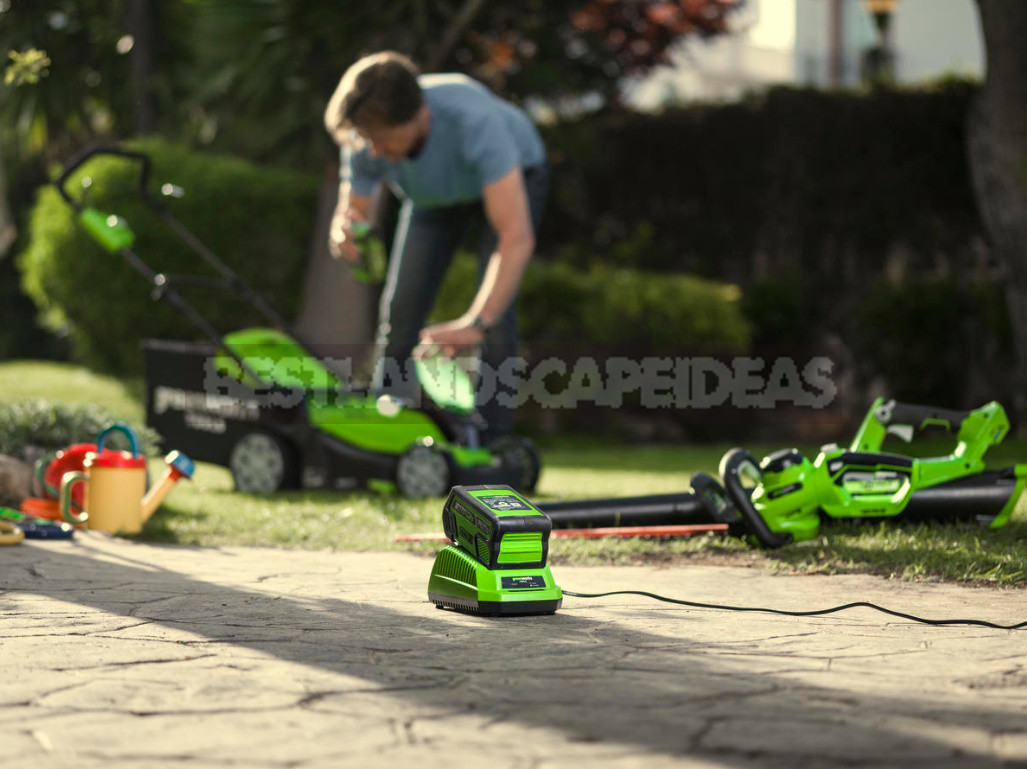
Myth # 6 – you can charge the battery only after it is completely discharged
Here we need specifics. About the devices of other companies will not say anything, and as for the batteries Greenworks – to them this myth has nothing to do. The main condition for maintaining the battery – to maintain the charge level when stored at least 25-35%. It is easy to control: each of them has a corresponding indicator.
Moreover, you can regularly charge the battery is not fully, which, you will agree, is very convenient: do not have to look for an additional amount of work to reset the charge, or wait until the charge level reaches 100%, when there is absolutely no time!
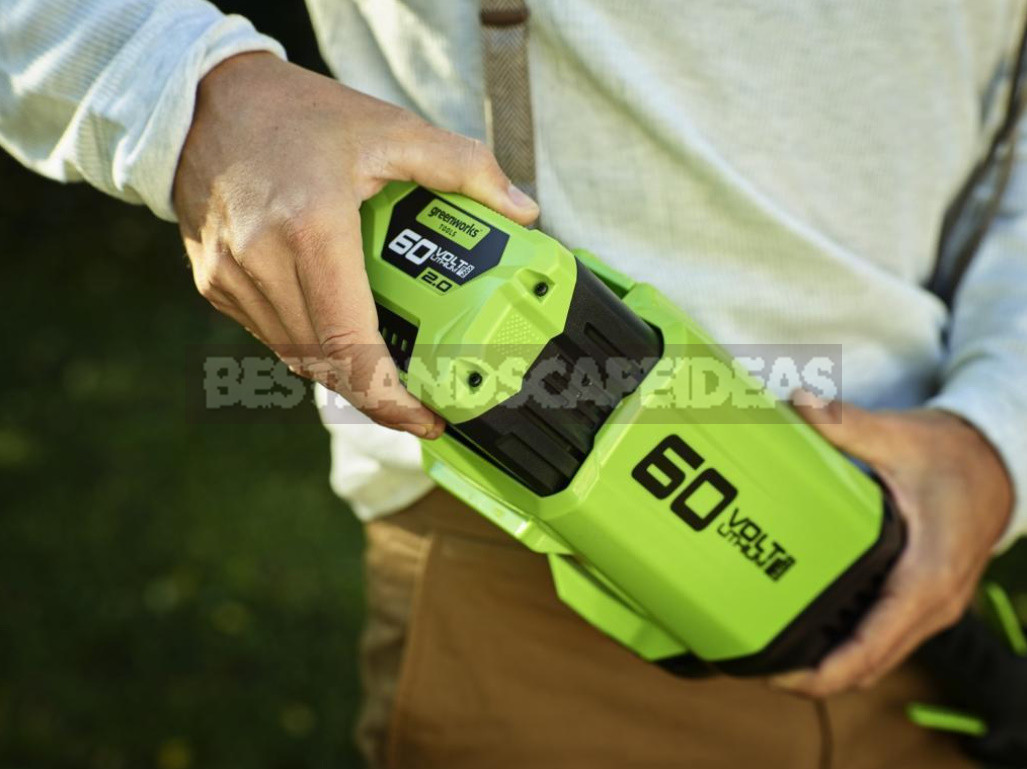
Myth # 7 – batteries discharge faster in the cold
Batteries of previous generations could lose capacity and completely discharged very quickly. But modern models are spared from this drawback. According to laboratory tests of snow removal equipment, when working in the cold (up to -20°C), the loss of battery capacity of Greenworks is only 15%. And perhaps this is due to a combination of the most expensive in this area of class “a” cells with a proprietary controller.
Devices with batteries of the latest generation are not afraid of cold storage, they can immediately start and start working. There is no need to warm up the equipment, change the oil, follow the slope so that the engine does not get “oil starvation” and so on. But to keep the batteries recommended for positive temperature and best of all charged — don’t forget about it.
Myth # 8 – the heavier the battery, the more reliable and powerful the tool
Between the weight of the battery and its voltage, of course, there is a dependence. And this is evident from the example below:
- battery Greenworks 24 Volts — 0.48 kg;
- battery Greenworks 80 Volts — 1.8 kg;
- battery Greenworks 82 Volts — 2.4 kg.
However, it is impossible to state unequivocally that a heavy battery will necessarily be more productive. All the more not worth under purchase view weight tool as a key parameter: heavy saw — not means powerful. Always pay attention to the technical characteristics of the tool. For example, batteries with the same voltage of 40 V can behave differently:
- battery Greenworks 40 Volts — 0.8 kg;
- battery Greenworks 40 Volts — 1.7 kg.
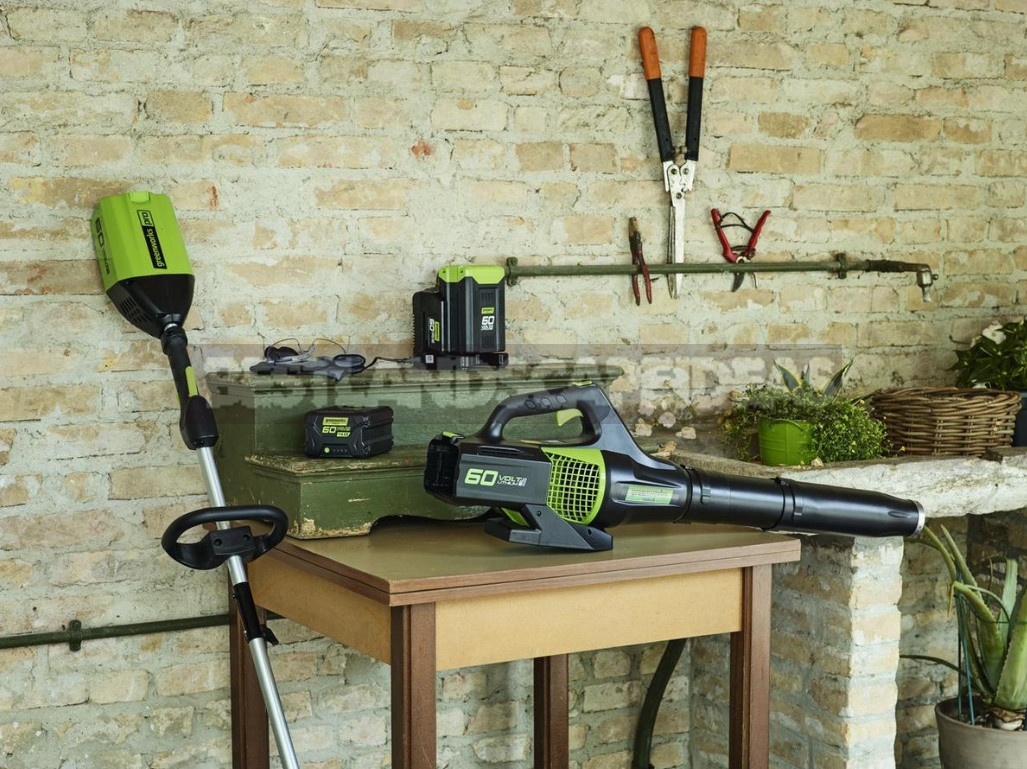
Sometimes words are not enough, but once you see, and all doubts disappear without a trace.
I hope that now your opinion about the possibilities of battery technology has changed for the better. After all, it is always better to rely not on mythical assumptions, but on the real state of Affairs.
